Irma is the storm that even hurricane-hardened Floridians were scared of. It has left at least two people dead in the state and displaced thousands. And as the downgraded behemoth continues to drench North Florida, people downstate are trickling out of doors to survey the damage — to the extent they can, with power lines down, streets impassable, bridges blocked, and whole neighborhoods flooded.Residents of the Florida Keys are anxious to learn if their homes and boats — often one and the same for many in the “Conch Republic” — are where they left them.
Even in Miami, spared the worst by a last-minute shift in Irma’s path, boats and cars sit overturned on pavement, roofs lie next to the homes and schools they once covered, and supposedly hurricane-proof construction cranes dangle sections of snapped metal rigging hundreds of feet above public streets. More than 6 million are without power, and they have no hard date for restoration of their lights, appliances, and sense of normalcy.READ: What it’s like to fly into a Category 5 hurricaneHere’s a look at how Florida coped before and after Irma:Floridians sat in traffic for hours to escape Irma. They scrambled in every direction, north and west at first, and for some, back east when Irma’s trajectory shifted westward.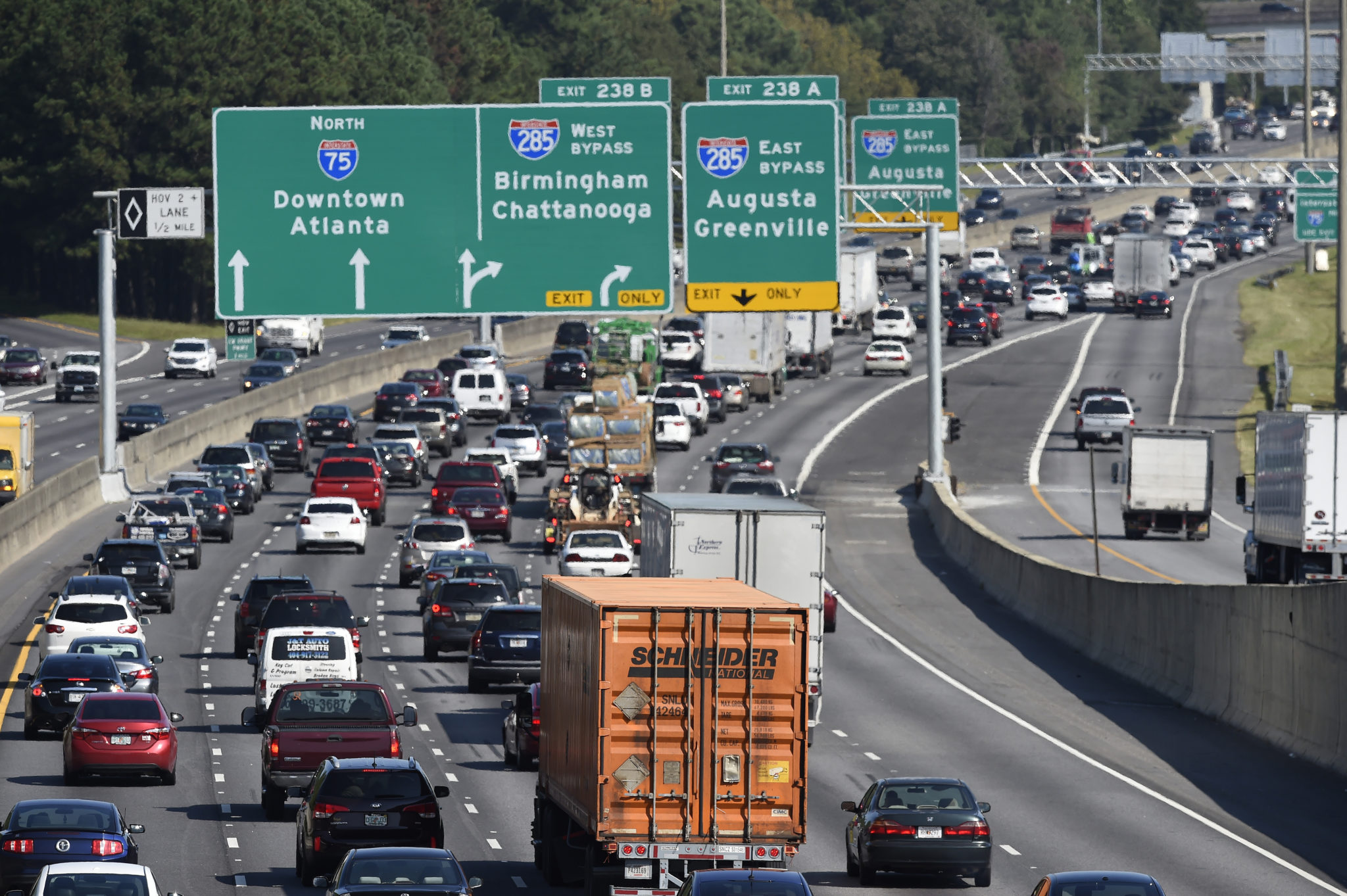 Those who hit the road found empty pumps and gas shortages across the state. Residents downloaded the GasBuddy app 350,000 times in anticipation of Irma, the Wall Street Journal reported.
Those who hit the road found empty pumps and gas shortages across the state. Residents downloaded the GasBuddy app 350,000 times in anticipation of Irma, the Wall Street Journal reported.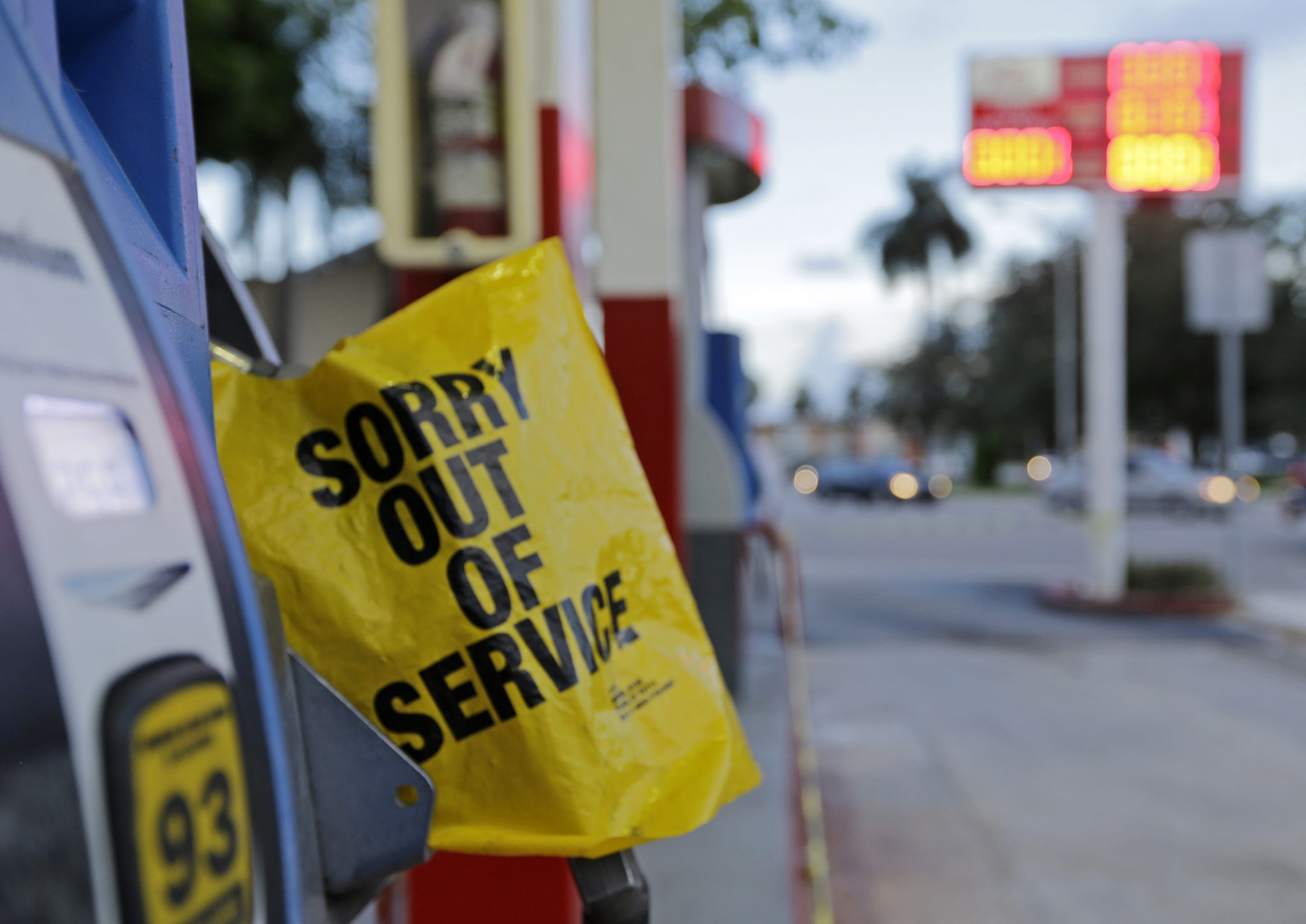 For those who couldn’t leave, wanted to stay close to home, or simply didn’t take Irma seriously until it was too late, shelters were opened as a last resort. More than 585 shelters opened their doors, with many packed to capacity across Florida. As the storm dissipated, they housed approximately 200,000 people.
For those who couldn’t leave, wanted to stay close to home, or simply didn’t take Irma seriously until it was too late, shelters were opened as a last resort. More than 585 shelters opened their doors, with many packed to capacity across Florida. As the storm dissipated, they housed approximately 200,000 people.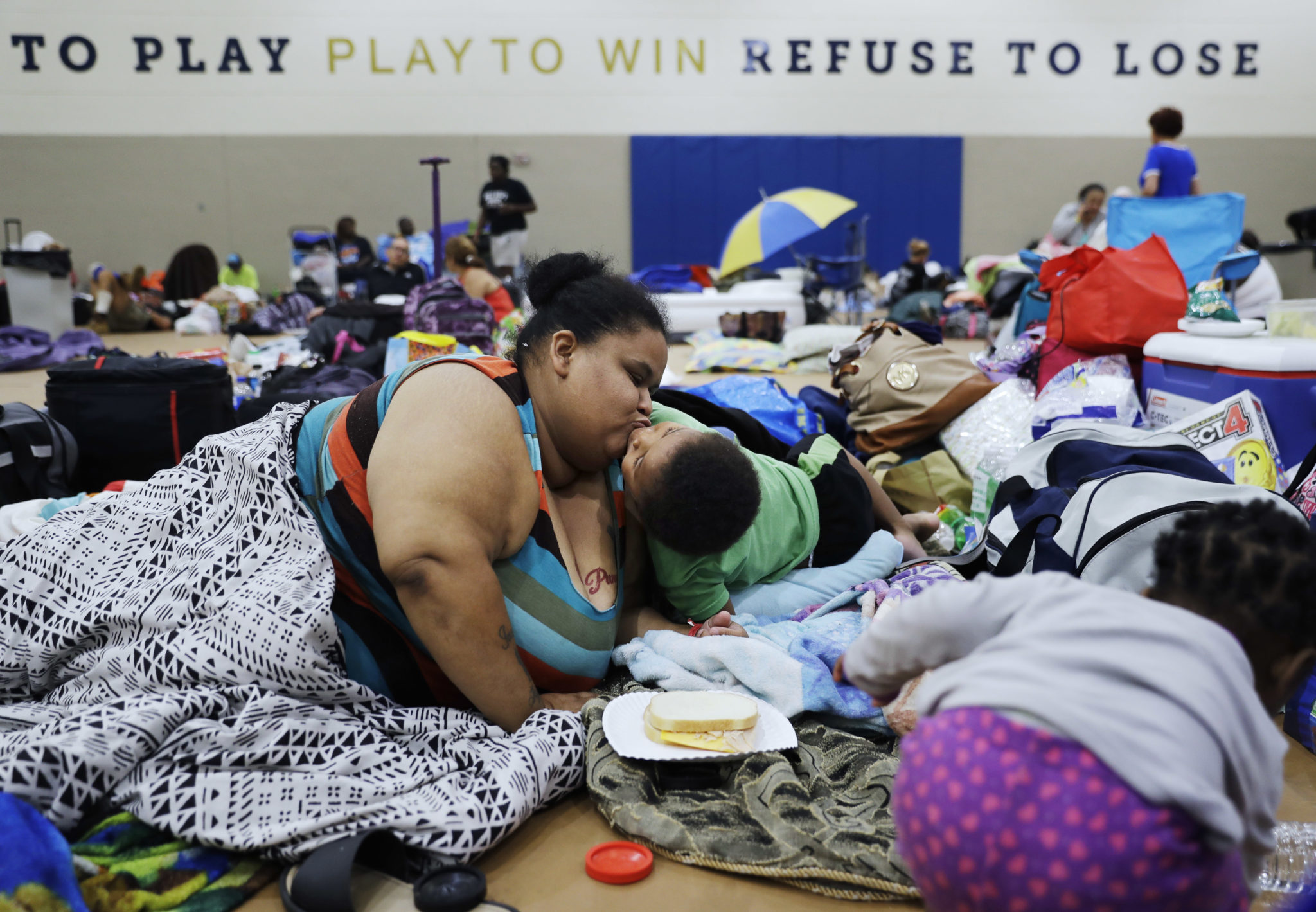 Trees whipped back like rubber bands and crashed to the pavement as Irma’s wind gusts hit 160 miles per hour around the storm’s eye.
Trees whipped back like rubber bands and crashed to the pavement as Irma’s wind gusts hit 160 miles per hour around the storm’s eye.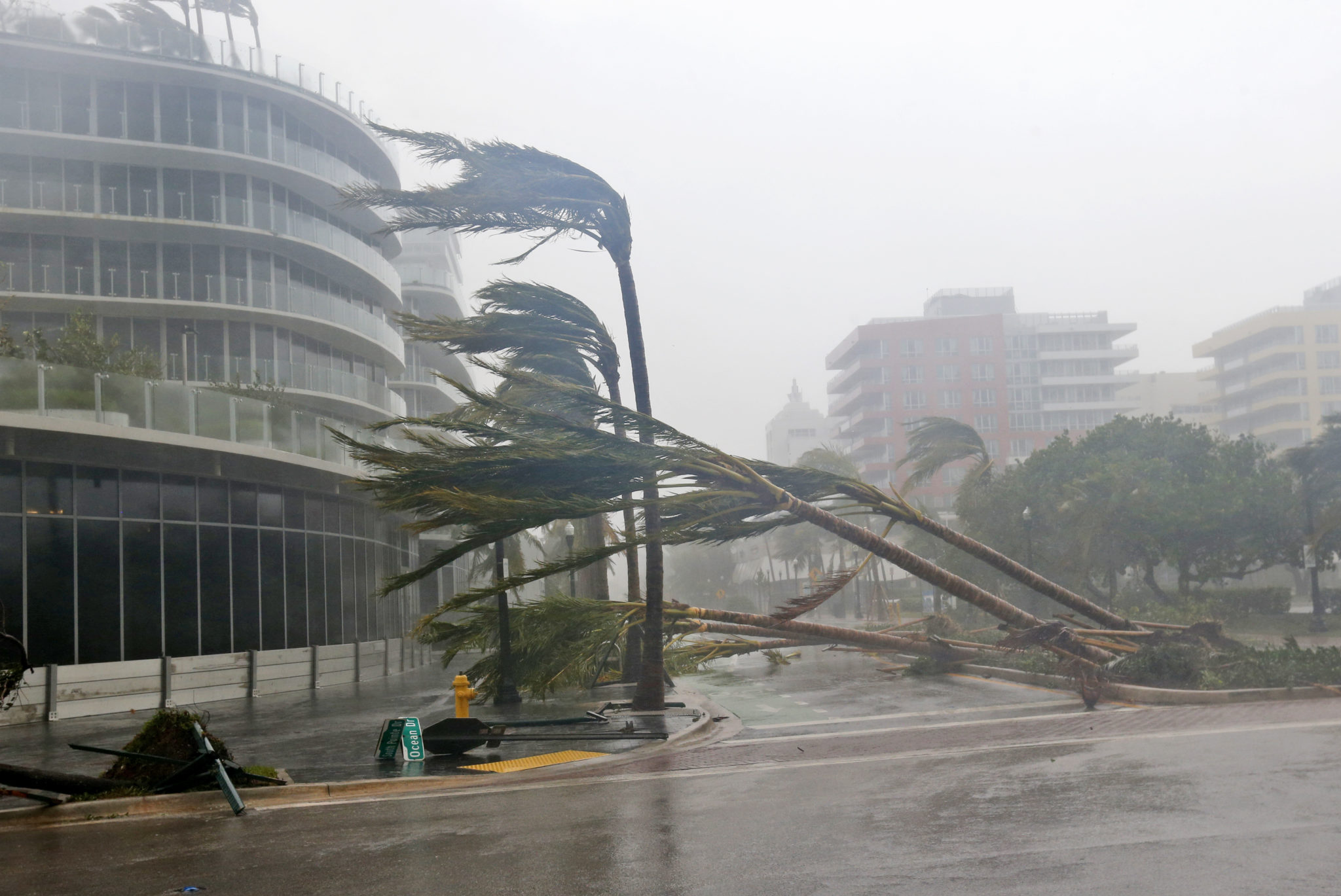 Along with life-threatening winds, Hurricane Irma produced huge storm surges, with some places facing a water wall as high as 8 feet. Here, people walk on the Tampa Bay floor; the Bay is usually four feet deep. Irma, with the help of a low tide, sucked the water out.
Along with life-threatening winds, Hurricane Irma produced huge storm surges, with some places facing a water wall as high as 8 feet. Here, people walk on the Tampa Bay floor; the Bay is usually four feet deep. Irma, with the help of a low tide, sucked the water out.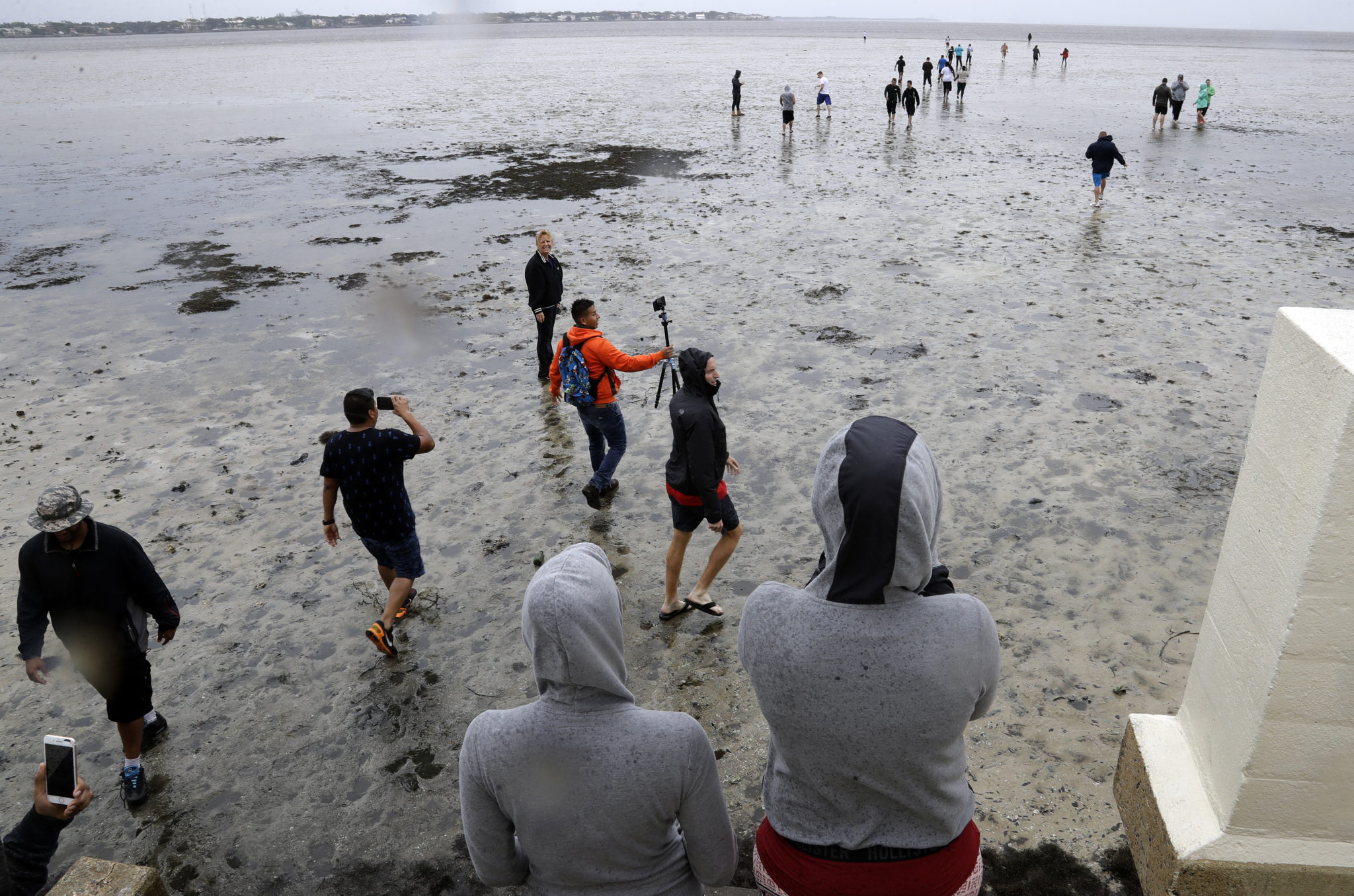 Irma slammed into the Florida Keys as a Category 4, producing white-out conditions all the way up the west coast to Naples.
Irma slammed into the Florida Keys as a Category 4, producing white-out conditions all the way up the west coast to Naples.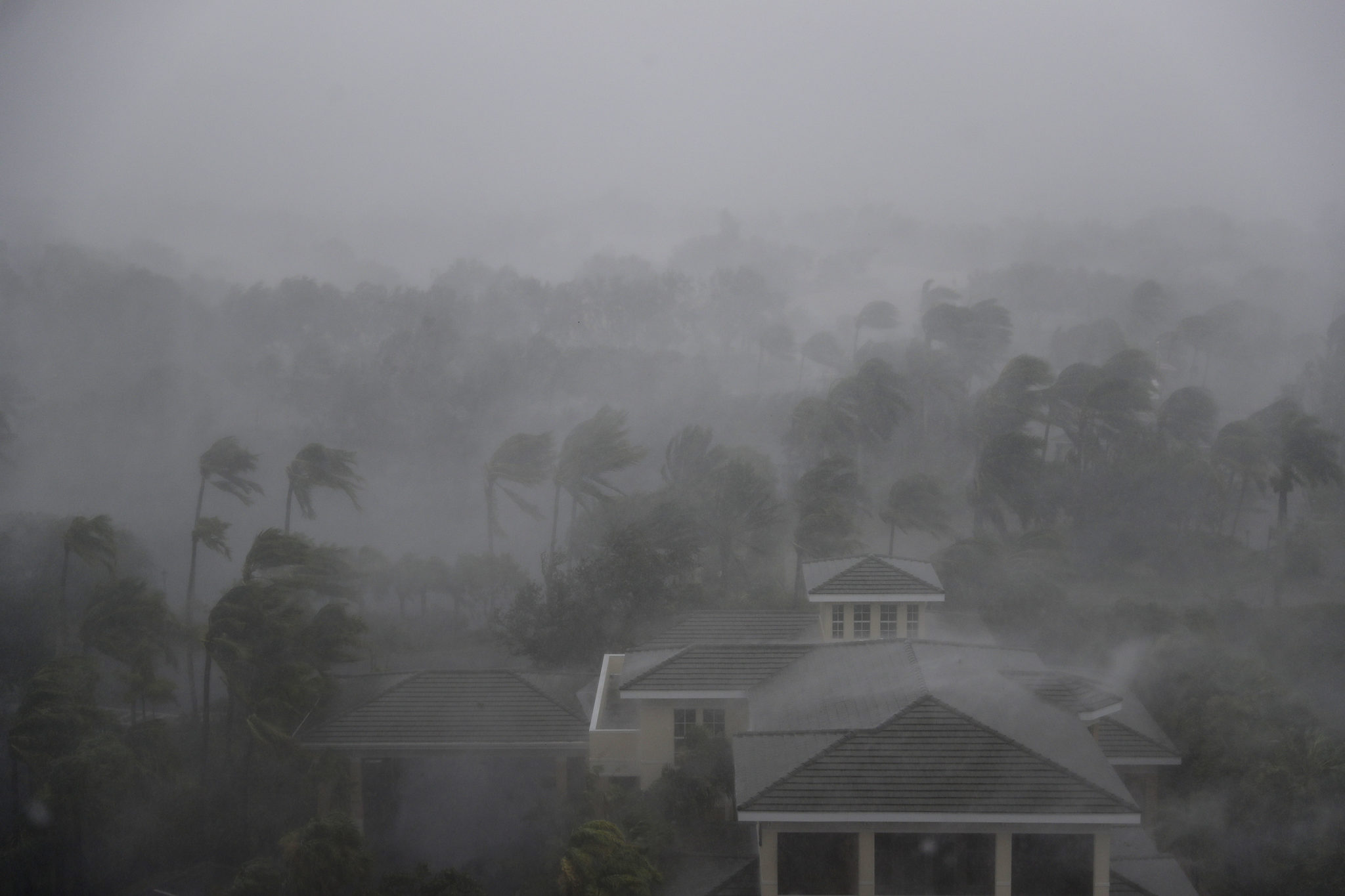 Key Largo after Irma.
Key Largo after Irma.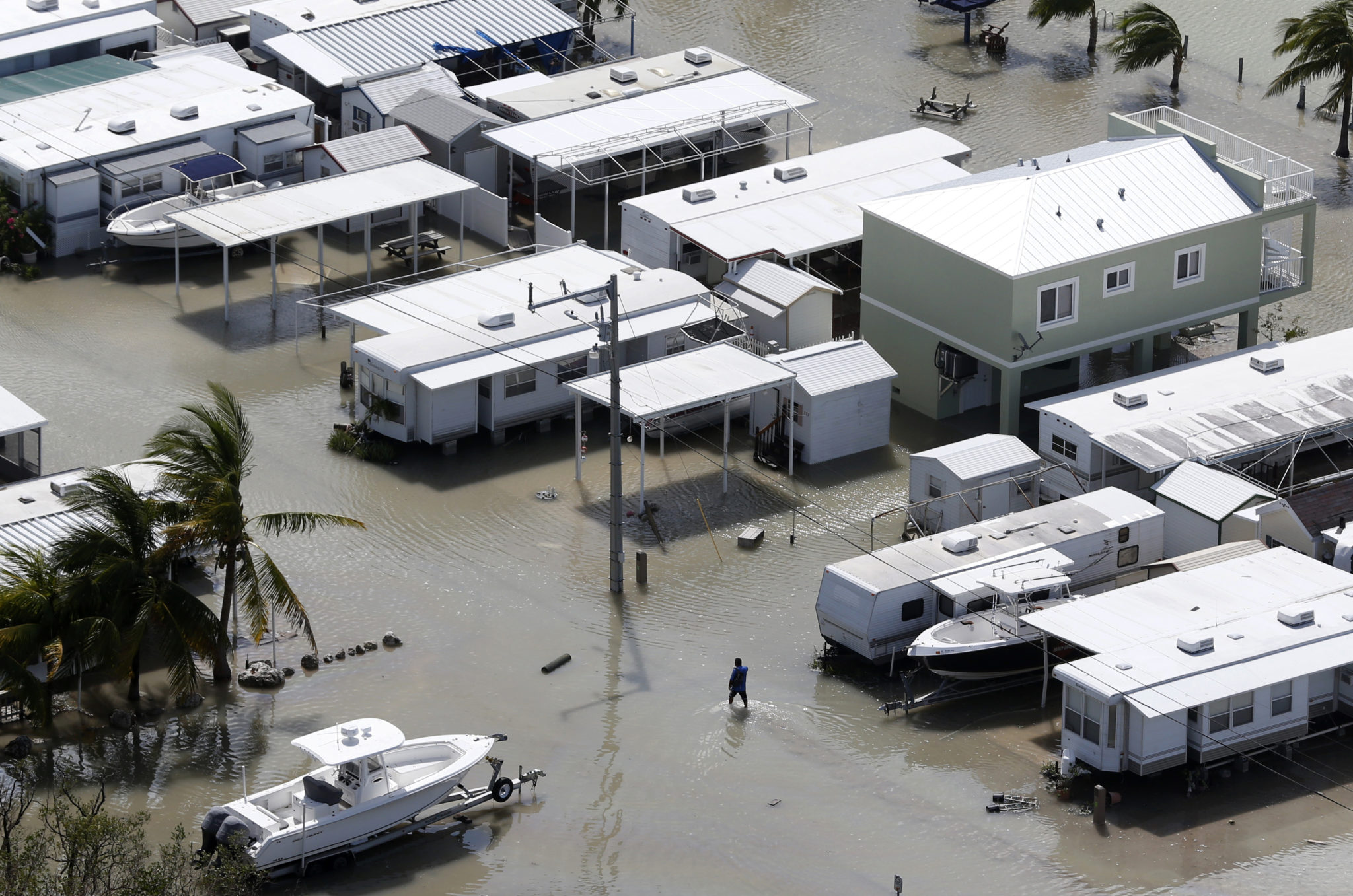 Three construction cranes snapped in Miami from the storm winds over the weekend. Developers fought efforts in 2008 to further regulate the cranes, according to the Miami Herald.
Three construction cranes snapped in Miami from the storm winds over the weekend. Developers fought efforts in 2008 to further regulate the cranes, according to the Miami Herald.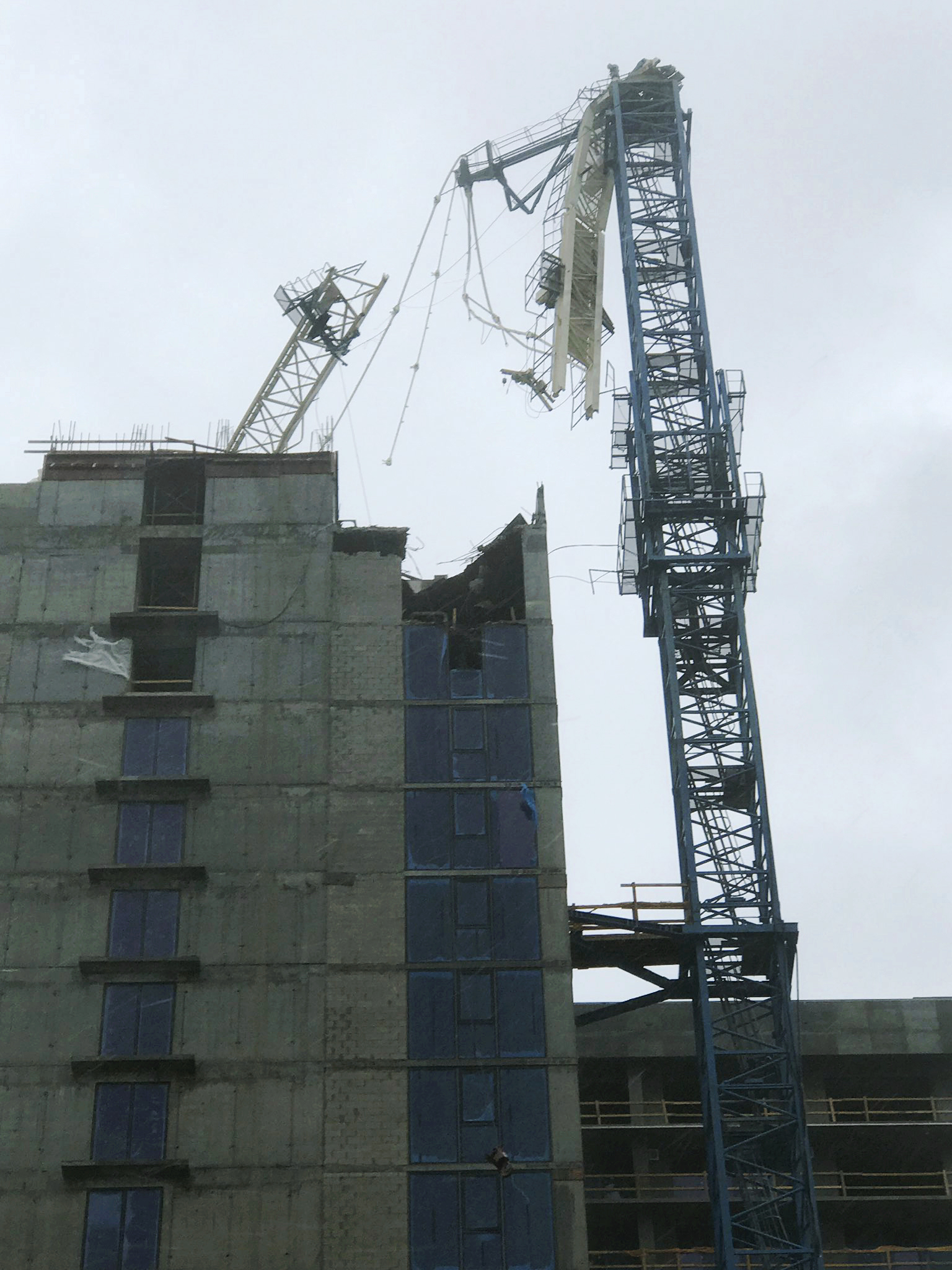 A couple in Bonita Springs, on Florida’s Gulf Coast, surveys the damage.
A couple in Bonita Springs, on Florida’s Gulf Coast, surveys the damage.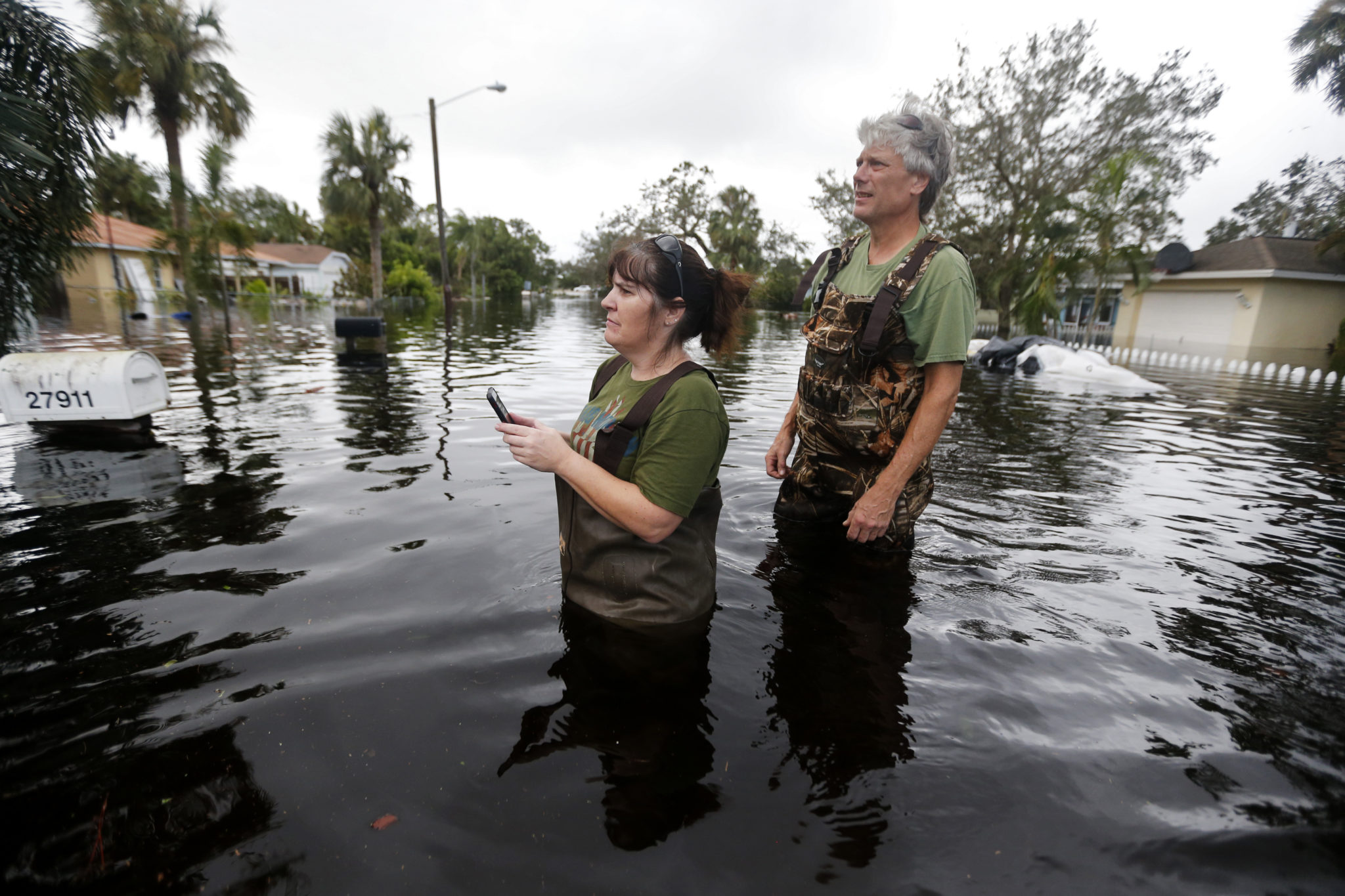 A man surveys the damage to a neighborhood on Marco Island, just northwest of the Florida Keys.
A man surveys the damage to a neighborhood on Marco Island, just northwest of the Florida Keys.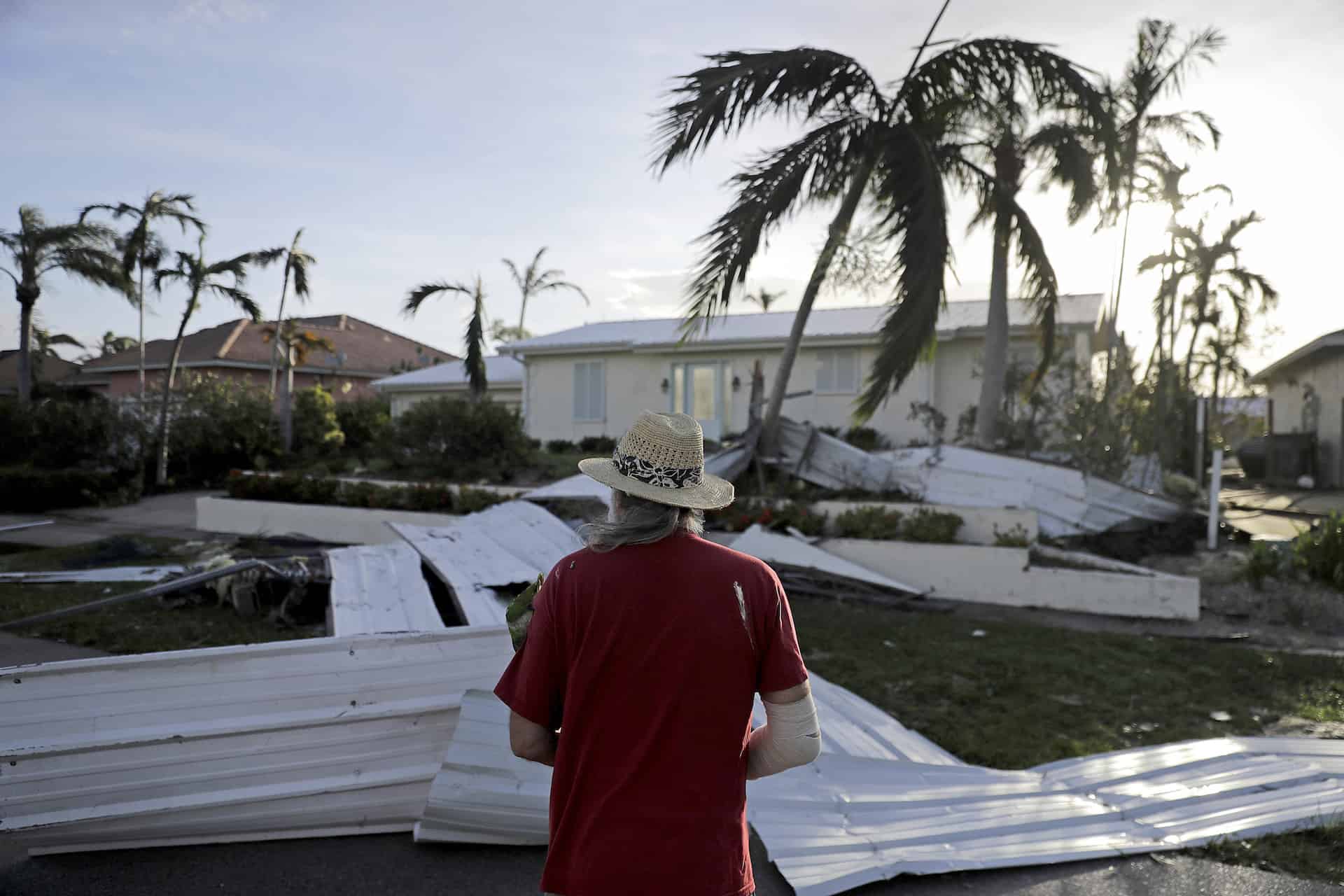 Evacuees waited anxiously for police to open the road leading back to the Florida Keys. Keys officials, however, made it quite clear Monday that the area was closed indefinitely.
Evacuees waited anxiously for police to open the road leading back to the Florida Keys. Keys officials, however, made it quite clear Monday that the area was closed indefinitely.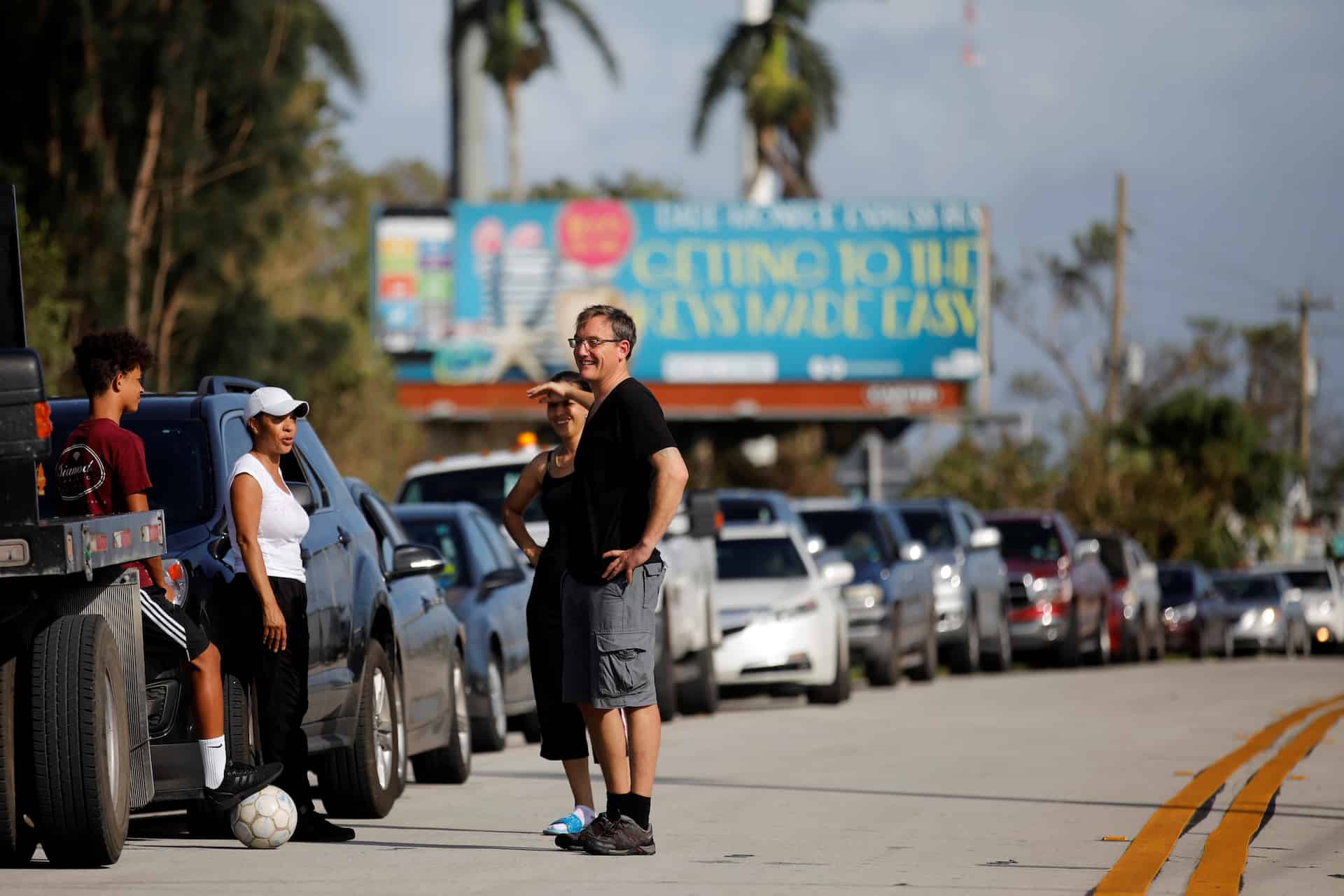
Advertisement







Advertisement



